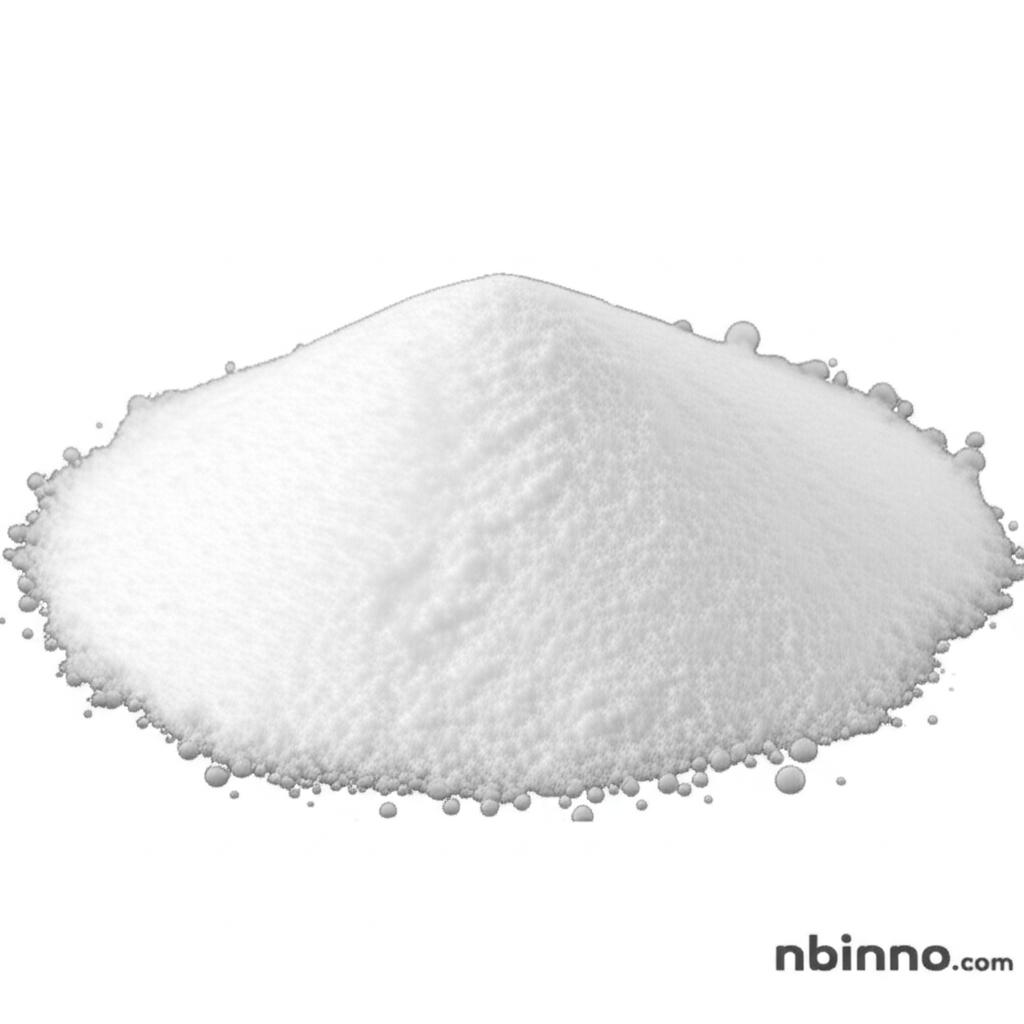Unlocking Advanced Drug Delivery with 1,2-Distearoyl-sn-glycero-3-phosphatidyl-rac-glycerol Sodium Salt
Discover the pivotal role of this anionic phospholipid in enhancing liposomal formulations and biophysical membrane research.
Get a Quote & SampleProduct Core Value

1,2-Distearoyl-sn-glycero-3-phosphatidyl-rac-glycerol Sodium Salt
This synthetic anionic phospholipid is a cornerstone for sophisticated drug delivery systems and fundamental biophysical membrane studies. Its unique structure allows for the formation of stable lipid bilayers and mimics the anionic surfaces of cell membranes, making it indispensable for research into membrane dynamics and interactions.
- Explore the advantages of 1,2-distearoyl-sn-glycero-3-phosphatidyl-rac-glycerol sodium salt applications in creating robust liposomes for controlled drug release, crucial for targeted therapies.
- Understand how this synthetic anionic phospholipid drug delivery agent contributes to the development of effective nanoparticle encapsulation techniques for various therapeutic agents.
- Learn about the vital role of DSPG-NA in biophysical research, particularly in probing membrane interactions and the behavior of biomolecules within lipid environments.
- Discover the benefits of using 1,2-distearoyl-sn-glycero-3-phosphatidyl-rac-glycerol sodium salt in advanced liposome formulations, ensuring enhanced stability and efficacy of pharmaceutical products.
Product Advantages
Enhanced Liposome Stability
Leverage the properties of this anionic phospholipid to build highly stable liposomal structures, a key aspect for successful drug delivery systems and exploring biomembrane mimicry.
Improved Drug Encapsulation
Utilize DSPG-NA in nanoparticle encapsulation to improve the loading efficiency and controlled release of active pharmaceutical ingredients, vital for treating complex diseases.
Biophysical Membrane Insights
Gain deeper insights into cellular processes with this synthetic phospholipid, which aids in understanding membrane fluidity, protein-lipid interactions, and the impact of charged lipids.
Key Applications
Advanced Drug Delivery
As a critical component in liposome and nanoparticle formulations, it ensures effective drug encapsulation and targeted delivery, supporting advanced drug delivery strategies.
Biophysical Membrane Research
Its well-defined structure makes it an ideal tool for biophysical research, enabling detailed studies on lipid bilayer properties and biomolecular interactions.
Lipid Nanoparticle Development
Essential for creating stable and functional lipid nanoparticles, this phospholipid is a key ingredient in the development of innovative therapeutic carriers.
Anionic Membrane Modeling
Serves as a vital component for creating model systems that accurately replicate the anionic nature of biological membranes, facilitating research on cellular functions.
